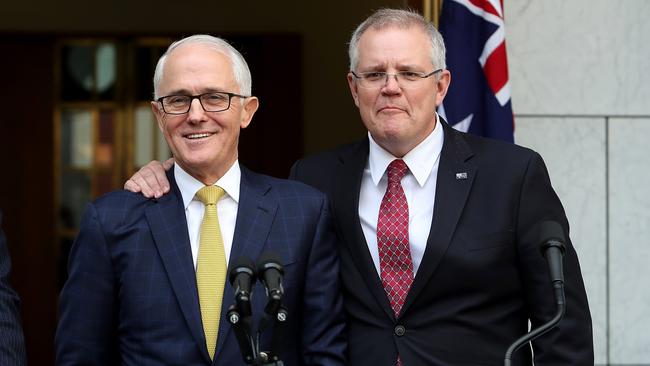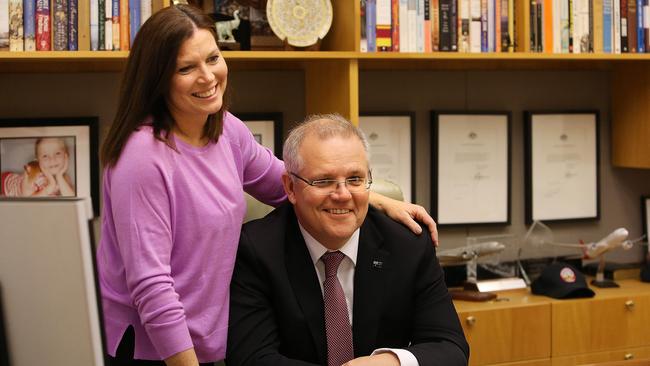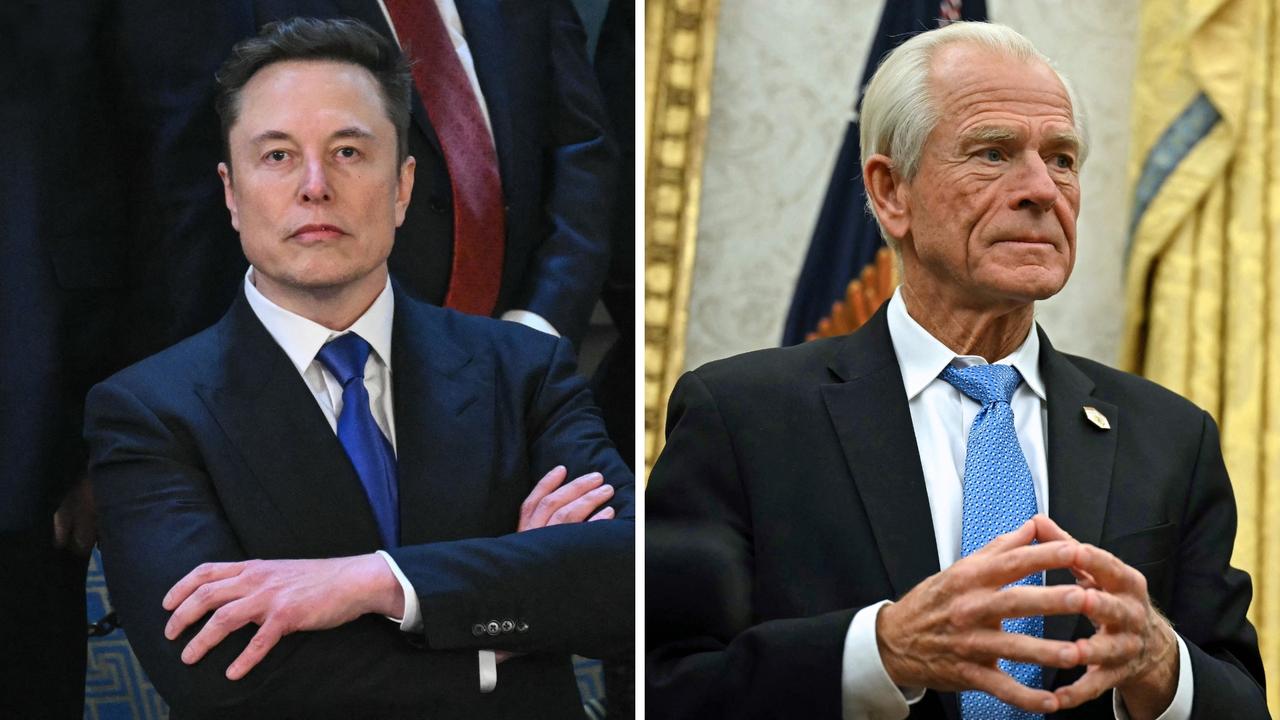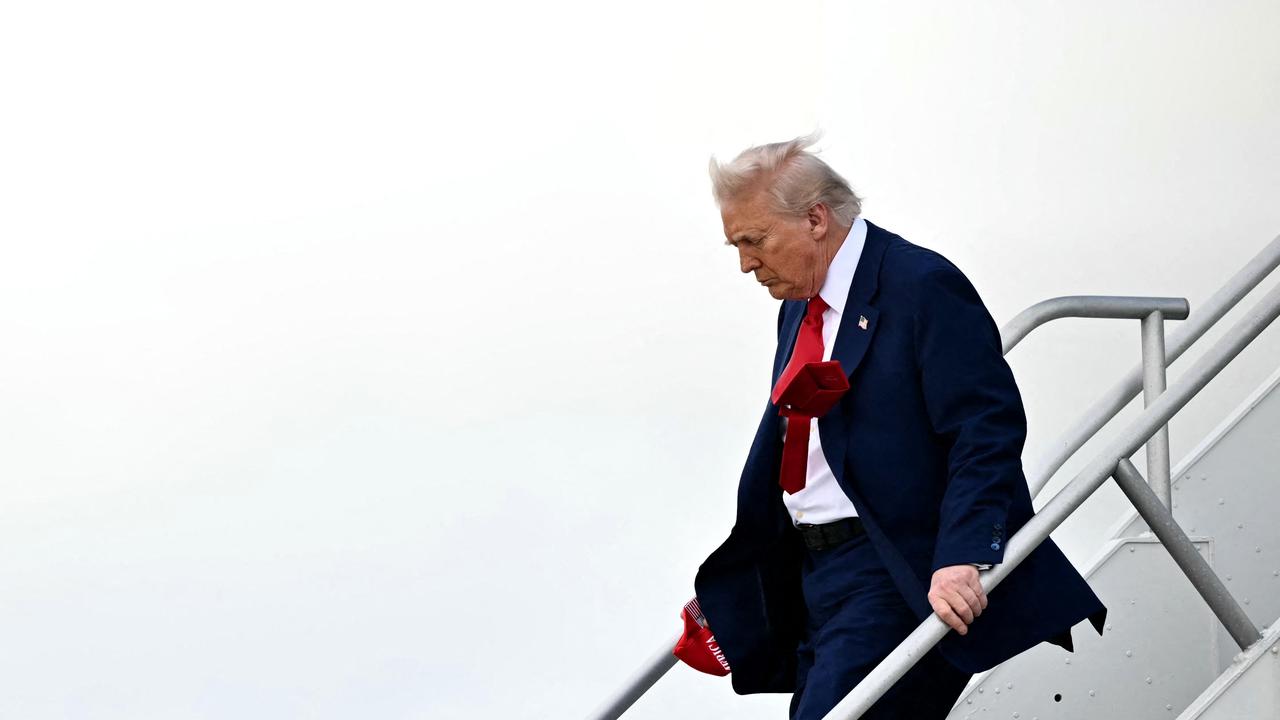Scott Morrison rides high in polls as he prepares to celebrate one-year anniversary as PM


While it was Peter Dutton and his supporters who tore Malcolm Turnbull down, Morrison doesn’t have entirely clean hands. On reflection Labor strategists believe they didn’t do enough to tie Morrison to the chaos Dutton and the reactionary right inflicted on the government. However, there is some revisionism in that thinking I suspect.
In the months immediately following the change of PM Labor did use Question Time to repeatedly enquire as to why Morrison not Turnbull was now PM. Morrison refused to be drawn into the trap of dwelling on the past, choosing instead to meet every question with rebuttal, lampooning Labor’s big target agenda and Bill Shorten as the only alternative PM in the chamber.
Fast forward to today and it was clearly successful. Successful to the point where the 2019 defeat for Shorten has replaced John Hewson’s 1993 defeat as the “unloseable” election which was in fact lost.

Despite trailing in literally every poll across every polling agency for 12 months straight, Morrison turned the polls around on election day and manufactured a remarkable victory. Not only retaining government against the odds, but increasing the Coalition’s share of seats to form majority government. Also increasing the two party vote in the process.
However, the Coalition’s primary vote went down, suggesting a further fracturing of the electorate. This may emerge as an important undercurrent from the election during this term. The continuing threats to the two party system.
Labor lost seats at the election. Its primary and two party votes were eroded. In the all important state of Queensland it won just 27 per cent of the primary vote and lost a brace of seats. Labor underperformed in Victoria where it had hoped to win a handful of seats off the government. It lost two seats in Tasmania early in the count, and didn’t perform nearly as well as it had hoped in Western Australia.
The Morrison campaign was well designed and structured, and put into action with single minded determination. While Morrison was a virtual one man show on the daily campaign trail, behind the scenes the role of the new Federal Director, Andrew Hirst, cannot be over stated. He modernised campaign technics from the 2016 election when Tony Nutt was in charge. He targeted key seats, catching Labor off guard. And head office prepared and authorised attack ads every bit as devastating as those deployed by Labor against Hewson’s Fightback package a quarter of a century earlier.

Morrison’s success at May’s election was built on his relentless exposure of Labor’s policy settings. “We were treated like we were the government not them”, a member of Labor’s leadership team tells me. That’s because Morrison had only been PM for eight months when the election was called: Shorten had been opposition leader for more than five years.
The rhetoric and campaign advertising from the Coalition focused on Labor’s “big taxing agenda”, including targeted negative advertising on everything from franking credits to negative gearing. There was also a macro campaign to highlight the economic risks of Labor’s overall agenda.
In short, Morrison played to the policy strengths of the Coalition, as seen through the eyes of the voters. Unlike Malcolm Turnbull who regularly got bogged down in details, Morrison’s messaging was clear and crisp. Which also helped his attacks to penetrate the minds of voters.
Every media conference during the campaign saw Morrison remind voters that the contest was between him and Shorten, a comparison designed to expose Shorten’s unpopularity and draw on Morrison’s growing bond with the electorate.
We will now wait and see if that bond solidifies, or erodes in the years to come.
Peter van Onselen is a professor of politics at the University of Western Australia and Griffith University.



Scott Morrison is about to celebrate his one year anniversary as Prime Minister, and he has almost a full term to go before he next faces the judgement of the Australian people. He’s ahead in the polls as Labor picks over the entrails of what went wrong on May 18. But the future didn’t always look so bright for the third Liberal Prime Minister in just five years.